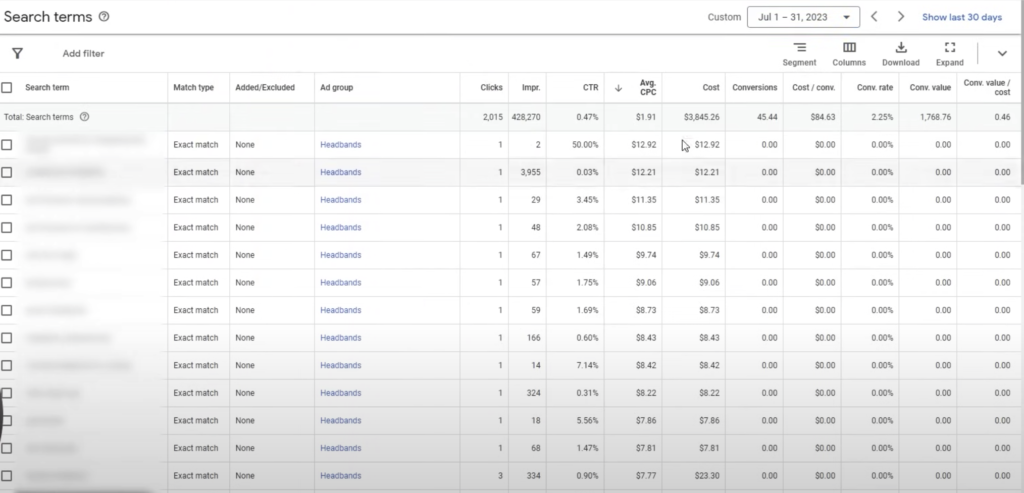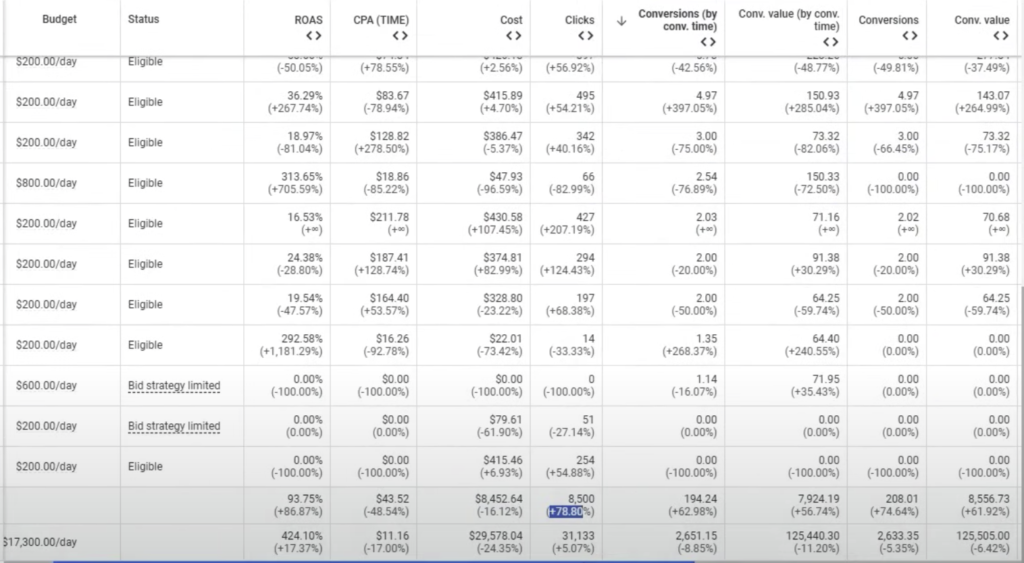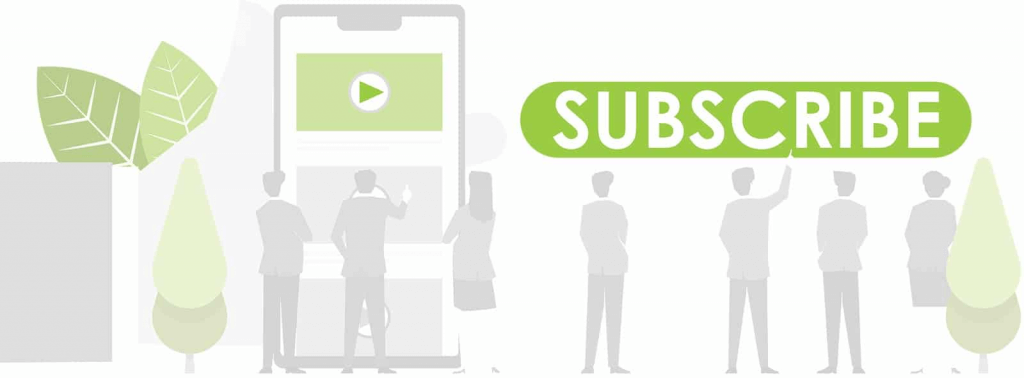Welcome to our latest blog post, where we unpack the ingenuity behind John’s remarkable feat: scaling his Google Ads campaigns by 130% without hitting diminishing returns in Media Efficiency Ratio (MER) or Customer Acquisition Cost (CAC). Today, we’ll dissect how John redefined campaign efficiency by sidestepping Google’s Standard Shopping algorithm and implementing a more customized approach to ad bidding. Keep reading for actionable insights that could revolutionize your digital advertising efforts.
Inefficiencies within Google Ads
We’ve noticed that sometimes there’s a noticeable inefficiency in Google Ads, particularly regarding Average Cost Per Click (CPC). This typically happens because the bidding strategy needs more adequate information on new users. It’s often their first interaction with a Google ad, so the predictive bidding system isn’t as efficient as we’d like it to be.
When aiming for a low tROAS, the system will bid higher to maximize conversion value—especially within a half-attributed bidding strategy.
When working with a low tROAS strategy, it’s essential to understand that the system will automatically opt for higher bids. The nuance is that it doesn’t strive for perfection—hitting an average of 40% to 50% of your targeted return is often good enough.
In our latest headband campaign, we observed something peculiar. While the initial bids on the first page were well over $5, our average CPC stayed at just $1.91. This wasn’t a one-off; we’re talking about an entire month and 30,000 search terms. Even with some clicks costing us up to $12, the average CPC remained low. It begs the question—why the contradiction?

Why rely on an algorithm that doesn’t know much about our customers?
Navigating the maze of low tROAS bidding, we’ve noticed that even if we shell out $12 for a click, a sale at around $6 to $8 would yield a tROAS of approximately 40%. Yes, it could be more efficient. Most would naturally wonder, “Why not set a bid cap or opt for a portfolio bidding strategy?” However, the pressing question remains—why should we rely on an algorithm that knows so little about our potential customers at their initial interaction?
Diving deeper, we have to consider the user’s history. Is this their first rodeo with Google? It’s a possibility. Or perhaps they’ve been surfing the web, caught in Google’s algorithmic net based on their previous searches, YouTube history, blog visits, or even perusals of competitor sites.
If it’s a user’s first click within Google, the algorithm shoots in the dark; it lacks sufficient data to set an effective bid. So, what if we sidestep the algorithm altogether? Instead of relying on a semi-informed algorithm—skewed by attribution favoring brand awareness or faltering due to the user’s first interaction—why not focus squarely on search terms and capturing new volume?
Max Clicks with a bid cap
Let’s go back about a decade to the era of Max Clicks with a bid cap. Why? If the average cost per click is $1.91, but we’re seeing individual clicks going for $12 or $10, a single $12 click could have yielded six clicks at $2 apiece instead.
We take the average CPC and increase it by about 25% to 50%. What we’d do here, for example, is take the search terms and add in a CPC that is above, let’s say, $4. What does it look like? Do I have a lot of conversions compared to the ones that are below? Check out the results in the screenshot below.

The distinction becomes evident: 45 conversions in July with a CPC over $3 resulted in 2,000 clicks. Now, the conversion rate is pretty decent if you look at the 222 clicks that cost $1,000 and generated ten conversions. However, what captures our attention is that this isn’t necessarily driving the lion’s share of our results. Scale that across multiple Shopping campaigns, and you start to see some tantalizing opportunities.

In our 19 Standard Shopping campaigns, we experimented with a shift from tROAS to Max Clicks, setting a bid cap that’s 25-50% above our average CPC. We also cut out those budget-busting high bids. What did we uncover? A fascinating pattern emerged: Campaigns with CPCs higher than $2 in one instance and over $3 in another yielded higher conversion rates. Yet, this came at a hefty price of elevated CPCs and, as a result, fewer clicks and conversions.
Upon a closer examination of each campaign, we found a consistent theme: Those with CPCs exceeding $2 or $3 yielded better conversions but at a significantly increased cost per click. Despite these higher conversion rates, the ROAS within these pricier campaigns was lower than those bringing in clicks at under $2.
We took decisive action by switching all our campaigns to a Max Clicks bidding strategy, with a bid cap set at $2.15. The results over just four days were enlightening: Our costs dropped by 16%, while clicks shot up by 78%. Even more compelling, conversions increased by 62%, and the conversion value grew by 56%. Our adjustment is paying off.

We didn’t just tweak numbers; we achieved a transformation. Within the first four days, we halved our CPA and nearly doubled our ROAS. But that left us pondering the ultimate question: Is this scalable? To answer, we reviewed the last 14 days and saw promising signs of healthy scaling. The clicks escalated from 1,128 with 28.33 conversions to a robust 6,000 clicks, generating 178 conversions. Even better? Both the cost and conversions scaled harmoniously.

Let’s look deeper at all the campaign types, Search and Shopping. Take a look at the following screenshot. What does that arch look like? Initially, we were operating at a cost of $3,000 and reeling in 400 conversions. Now, those numbers have escalated dramatically to $11,000 and 679 conversions.

If our predictions are correct, most of these newly acquired customers should funnel back through our Brand campaigns. A glance at the data from the last seven days compared to the prior week shows some telling numbers. Our Brand campaign spending only ticked up by 4%, a modest increase of $500. But get this—we raked in an additional $32,000.
So, we bagged an extra $32,000 in branded conversions for an almost negligible cost increase. And where’s this new wave of value rolling in from? Look no further than our Search campaigns. Yep, they’re not just getting more clicks but also driving more conversion value.
Ah, the plot thickens. The tROAS bidding strategy was overzealously over-clicking because the goal we set was too modest. But we had to keep that goal small due to the limited attribution. Our data confirms that most of these clicks eventually funnel back through our Brand campaign.
You might be thinking it’s all Facebook’s doing. But hold that thought—let’s check the Northbeam dashboard for clarity. Google Ads showed a 41% increase in spend and a 53% boost in new site visits. Notably, the true cost of acquiring a first-time customer globally dipped, while it increased by a meager 0.3% within Google. So, in that last week alone, we saw a 32% increase in conversion value from 31% more transactions.
Note we’re talking multi-click attribution here. We’ve already excluded all clicks from Facebook and our Brand to get a clean look at the impact.
Here’s what happened: We cranked up our spend by 41% and—wait for it—saw a 32% revenue increase, all without messing with our CAC. The last 14 days have been a steady climb in performance, and this train isn’t stopping anytime soon. Our net profit? Steady as a rock. CAC? Holding strong. The campaigns? Getting leaner and meaner by the day. The icing on the cake? We’re perfectly positioned to keep scaling up.
In our recent data, you’ll see we increased campaign spending by 130% within a week, and remarkably, we have yet to hit the point of diminishing returns in either MER or CAC. This suggests our strategy is effective and scalable.
Why did performance improve? It’s likely due to shortcomings in Google Ads’ attribution models. While low tROAS may have some inefficiencies, it doesn’t preclude scaling. The key is to sidestep what Google’s algorithm fails to grasp and focus on quality marketing fundamentals.
While automation and algorithmic bidding have their merits, sometimes it pays to return to the basics. By tweaking bid strategies, scrutinizing inefficiencies, and relying on good old-fashioned marketing intuition, we’ve improved performance and unlocked new avenues for scalable growth.
Author
Ashleigh is a Content Writer at Solutions 8. When she isn’t writing, you can find her in the Alps sipping the finest wine, walking in the mountains, or admiring the crystal blue waters of the river flowing near her home. She’s an avid Pokemon card collector and a massive fan of anything that screams ’90s nostalgia.
 Ashleigh Stearn
Ashleigh Stearn











